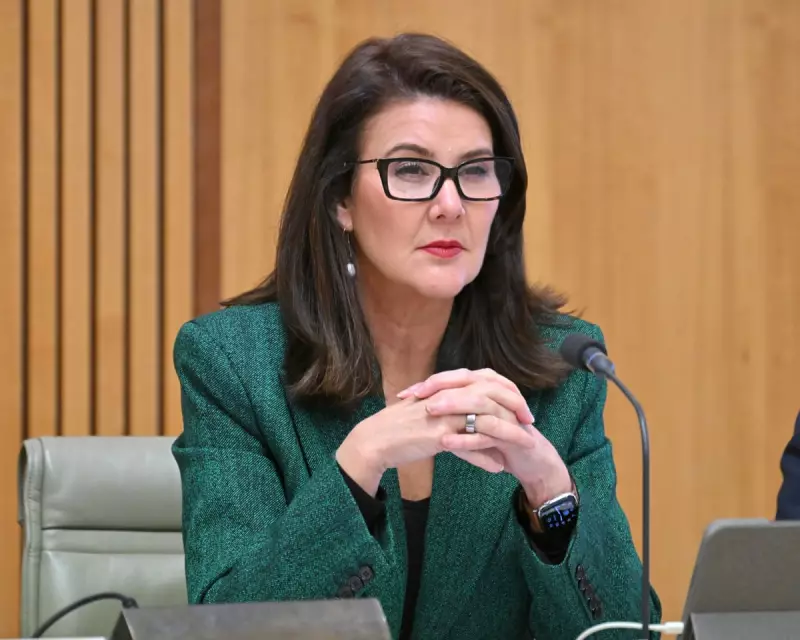
Australia is grappling with a severe energy emergency that has triggered blackout warnings across three states and sent electricity prices skyrocketing to alarming levels, putting both households and businesses at risk.
Grid Under Severe Pressure
The Australian Energy Market Operator (AEMO) has issued urgent electricity supply warnings for Queensland, New South Wales, and Victoria as the national grid faces unprecedented strain. The crisis has been exacerbated by extreme weather conditions and unexpected outages at multiple power stations.
Wholesale electricity prices have surged to staggering heights, reaching the market cap of $16,600 per megawatt hour in Queensland. This represents one of the most severe price spikes in recent memory and signals deepening troubles for the nation's energy security.
Government Scrambles for Solutions
Energy Minister Chris Bowen has been forced to intervene, activating emergency powers to compel Queensland's gas generators to increase output. "This is a very challenging situation," Bowen acknowledged, highlighting the government's concern about potential rolling blackouts affecting millions of Australians.
The crisis comes at a particularly difficult time, with extreme heat forecasts adding to demand pressures while several coal-fired power stations remain offline due to unexpected technical failures.
Consumers Bear the Brunt
Households and businesses across eastern Australia are facing the direct impact of this energy emergency:
- Skyrocketing wholesale prices likely to flow through to consumer bills
- Threat of controlled blackouts to prevent wider grid collapse
- Business operations disrupted by power instability concerns
- Vulnerable communities at risk during extreme weather conditions
Industry experts warn that this crisis exposes fundamental weaknesses in Australia's energy transition strategy and highlights the urgent need for investment in reliable power generation and storage solutions.
What Comes Next?
With no immediate resolution in sight, energy authorities are working around the clock to stabilize the grid. However, the situation remains precarious, and Australians are being urged to conserve energy during peak periods to help prevent widespread blackouts.
This energy emergency serves as a stark reminder of the challenges facing Australia's power infrastructure and the delicate balance required during the transition to renewable energy sources.





